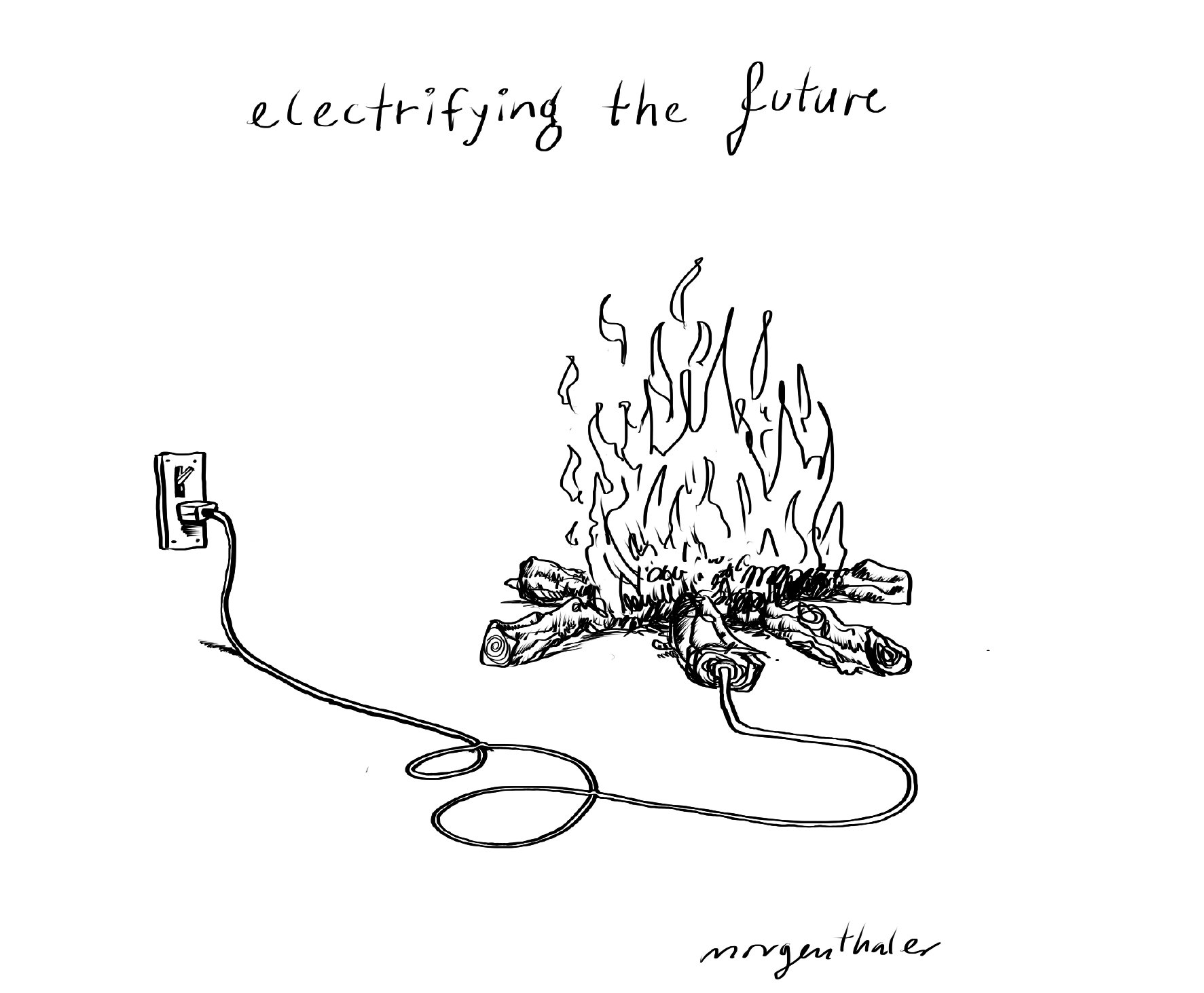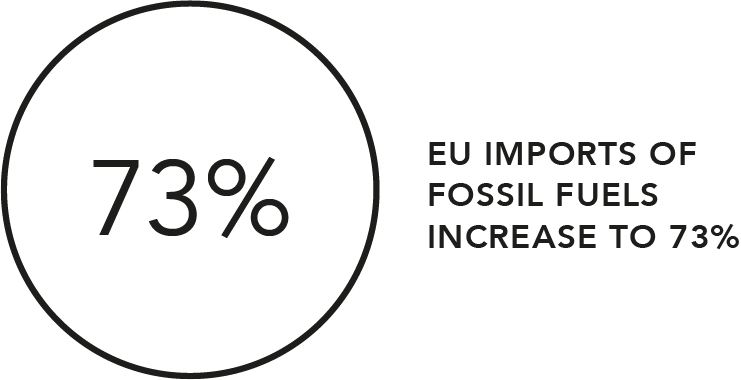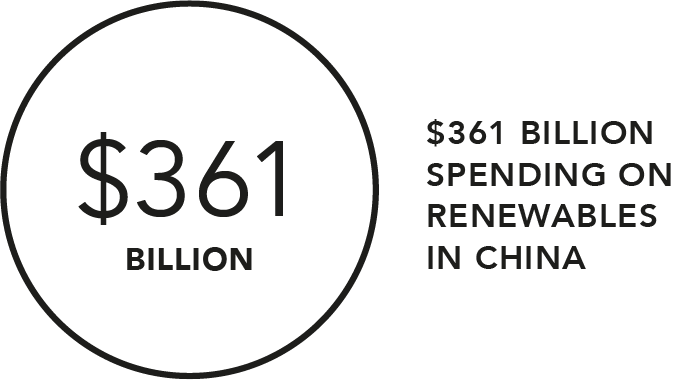UTILITIES LOSE MORE VALUE
Lower electricity prices on wholesale markets have hit European utilities hard. According to EY, a consultancy, asset impairments of €120 billion were booked by utilities between 2010 and 2015. Impairments hit a peak of €34.7 billion in 2015. The sheer scale of the losses has brought home just how much the traditional utility asset base is challenged. Germany’s two electricity giants, RWE and E.ON, have both taken the radical step of splitting into two companies, one focused on renewables, networks and customers, and the other focused on power generation (primarily thermal power based on fossil fuels).
GERMANY NOT A BLUEPRINT
Germany’s transition towards a low-carbon economy, known as the Energiewende, should not serve as a global policy blueprint, according to the World Energy Council (WEC). In a WEC survey of energy experts from 42 countries, 79% say aspects of German energy policy could serve as inspiration and be adopted in their respective countries, but 60% do not believe the Energiewende should be implemented in its entirety. The survey also shows that in non-EU countries, economic growth and increasing the availability of energy are the primary drivers of the energy transition. In EU countries, climate protection and energy security are seen as the main drivers of the transition. In most countries, energy efficiency measures and a carbon tax are perceived as the chief strategies for tackling the causes of climate change.

CHINESE CO2 EMISSIONS
China is forecasting a significant drop in CO2 emissions of approximately 1%, according to a Greenpeace analysis of China’s National Energy Administration forecasts for 2017. If true, this would be the fourth year running of either zero growth or a decline in Chinese CO2 emissions. A mixture of declining coal consumption and increasing wind and solar power capacity lie behind the decrease. China is currently installing solar PV panels at the rate of three football pitches of surface area every single hour of the year, according to Greenpeace. The campaign group says China is virtually certain to overachieve its 2020 climate targets and its CO2 pollution may already have peaked.

FOSSIL FUEL DEPENDENCY RISES
Less energy is consumed in the EU than in 1990, but dependency on fossil fuel imports has risen. New Eurostat data reveals that while gross consumption of fossil fuel has dropped from 83% in 1990 to 73% in 2015, it continues to be the main source of energy. EU dependency on imports of fossil fuels has increased, with 73% imported in 2015, compared with 53% in 1990. Put another way, in 1990 one tonne of fossil fuel was imported for each tonne produced in the EU; by 2015 three tonnes were imported for each tonne produced.

FOLLOW THE MONEY
China continues to move big and bold away from coal power generation and towards more renewable energy. Under the country’s latest five year economic plan for energy development, the government intends to plough $361 billion into renewable energy generation by 2020, creating 13 million jobs in the process. Almost half the sum will be allocated to solar power.
A HARD DAY’S WORK
MHI Vestas Offshore Wind has introduced a 9 MW upgrade of its V164-8.0 MW turbine. The prototype was installed in Denmark at the Østerild test site in late 2016 and stands 220 metres tall from tower base to blade tip. In December the machine set a new world production record for a single wind turbine, generating 215,999 kWh over 24 hours, enough to cover the electricity demand of an average US household for 20 years.
LULL BEFORE THE STORM
A total of 367 new offshore wind turbines were installed in Europe in 2016, reports industry association WindEurope. Of these, 338 were connected to the grid, adding 1558 MW of generating capacity. Compared to 2015, a record breaking year, connection of new capacity fell by 48% in 2016. On the bright side, 11 coming projects attracted €18.2 billion in investment, a 39% increase over 2015.
BANK WASHES OFF THE DIRT
Deutsche Bank has revised its approach to coal financing. Together with its subsidiaries it has decided to no longer grant new financing for greenfield thermal coal mining and new coal fired power plant construction. Moreover, the bank will gradually reduce its existing exposure to the coal sector.
ELECTRIC AVENUE
Norway achieved record sales of plug-in electric vehicles (EVs) in January 2017, with EVs taking a 37% share of the market for car sales. More than 100,000 zero-emission EVs now drive on Norwegian roads and their number is expected to quadruple to 400,000 by 2020. It is not unrealistic to suppose that sales of new cars running on fossil fuel could come to an end in Norway by 2025, says the government.
illustration Anders Morgenthaler